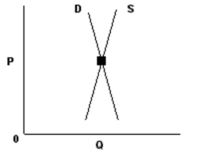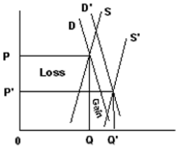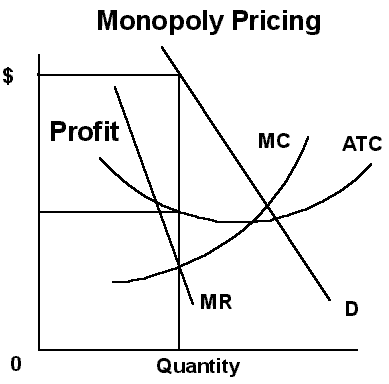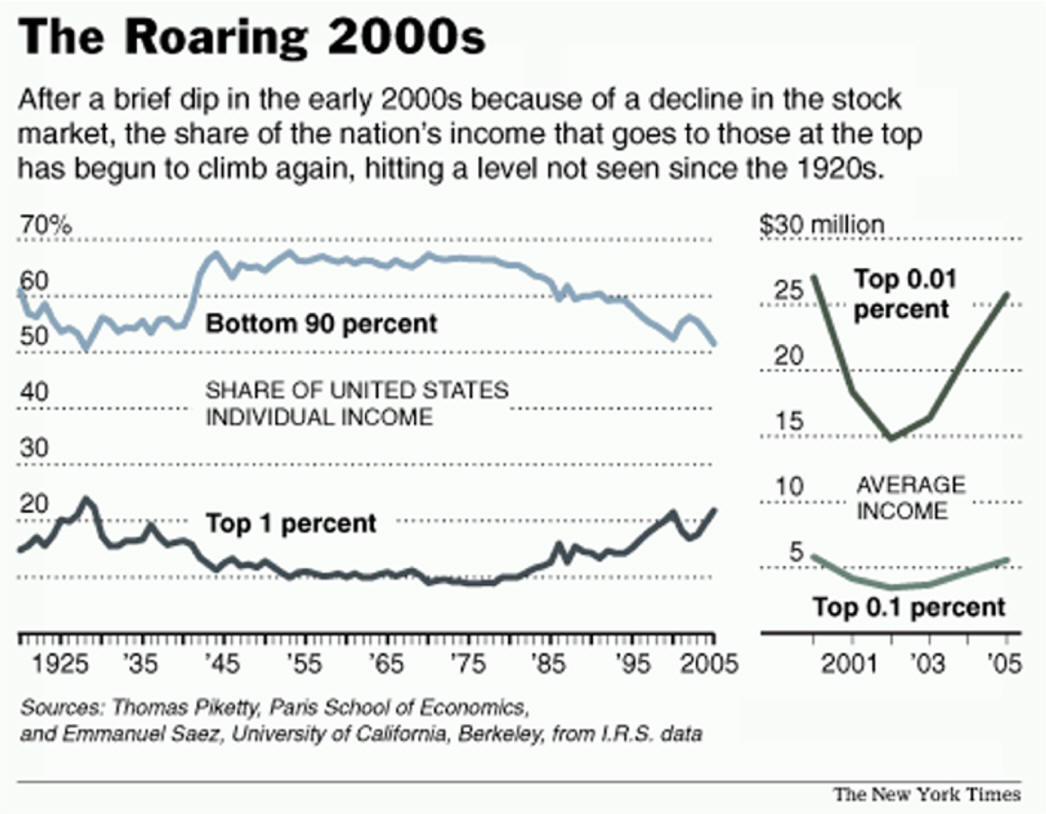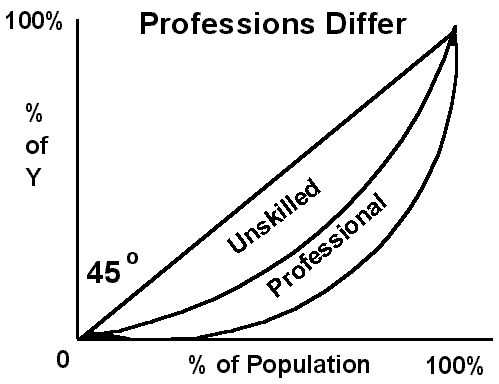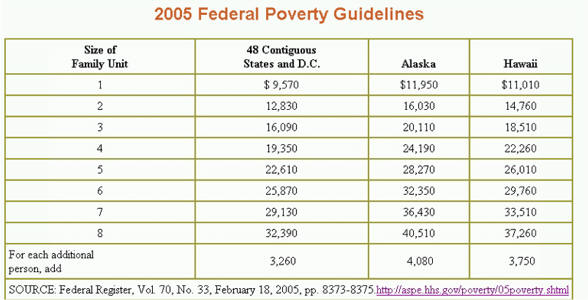
Microeconomics
Test Review
Chapters 30-33
Government, Capitalism, Mixed Economy
Please Share
30. Public Goods Help When Markets Fail
31. Market Based Government Externalities Intervention
32. Antitrust and Other Government Regulation
See Current Political Economy Issues
A. Private versus Public Goods.
1. Private good are
a. Rivalrous - only those who will to buy a good can have the benefit
b. Exclusive - bought by person A, it is not available to person B
c. Private goods satisfies an individual want while public good
satisfies a collective wants.
2. Public good is a good that is non-rivalrous and non-excludable
B. Demand for public goods
1. Demand for public goods is difficult to determine.
2. Once public goods are provided, everyone may use them.
3. The absence of a price mechanism to provide the rationing function
means politicians must decide which goods to produce.
4. Determining which goods to produce using cost-benefit analysis is difficult.
a. Many costs (MC) are difficult to predict and measure.
c. Many benefits (MB) are subjective and difficult to measure.
C. Externalities are costs or benefits not accounted for in the price of a product that
accrue to those outside or external to the market place. Please review Part IV of
6) Government's Economic Functions for an analysis of government action for an analysis
of government action to decrease externality costs and increase externality benefits
D. Coase's Theorem
1. Analysis by Ronald Coase revealed that government should not get involved with disputes over
externality costs when property ownership is well-defined and the number of people involved is
small.
2. He demonstrated that individual maximizing behavior would correct these problems.
3. The government should only be involved when the number of participants is so large as to
make bargaining costs prohibitive.
4. For example, the government should not get involved in a noise pollution problem near an
amusement park because of the small number of people involved but should get involved
with acid rain generated in the Midwest and falling into New England because of the large
number of people involved Move to 3
1. The market solution
a. Applying diminishing returns, calculate the economically tolerable level of
pollution acceptable to society. This can be done by comparing the marginal
costs to society of pollution (supply), which increases with more anti-pollution
spending, with the marginal gain to society of a clean environment (demand),
which decreases with add additional spending.
b. The resulting acceptable pollution would be fixed and sold as "rights" to pollute.
c. Industrialization causes an increase in the demand to pollute and with a fixed
supply, the costs of rights to pollute would increase.
d. Those who want goods that pollute would simply have to pay!
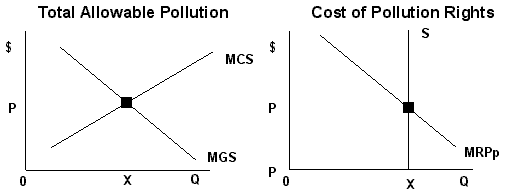
MCS is marginal cost to society |
2.
Other solutions
a. Taxes and subsidies
b. Regulation
c. Moral suasion
d. Using liability rules and lawsuits to eliminate externality
costs.
1. Laws and a damage recovery
system exist.
2. Cost, time delays and
uncertainty as to outcome hamper this method.
F. Democracy and economic efficiency
1. Majority
rule is often inefficient
a. A
slight majority of people may vote less public spending in an area because
their
perceived benefit is
slightly below the
good's average cost they would pay as a taxpayer.
b.
A voter minority receives a benefit
substantially greater than average costs.
c. As a result
society does not invest in something with a positive total return.
d. An example
would be people who feel spending on education is not
beneficial and
vote for less spending in spite of the
substantial benefit received by children.
e. The public
good is voted less money even though total benefit
exceeds total cost.
2. Rent-seekers attempt to use public policy to
get economic rent for themselves at
the expense
of society.
3. Special interest groups are a few people with much
to gain from a political outcome.
a. Through political efforts they foster
desired results at the expense of the many who
acquiesce because individually they have little to lose.
b. These groups often form Political Action Committees (PACs) to lobby
on their
behalf.
c. These groups often
form Political Action Committees (PACs) to lobby n their behalf.
d.
Logrolling - wiki is
trading votes and influence for projects which are not
of interest
in return for votes and influence for projects which are of interest.

